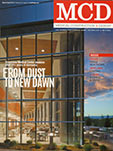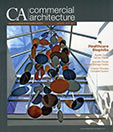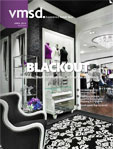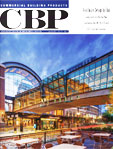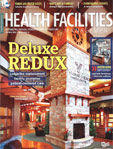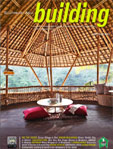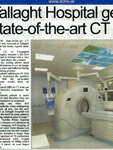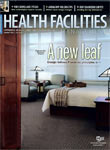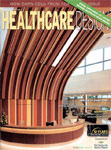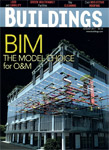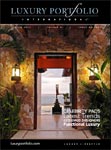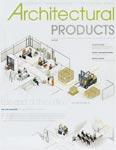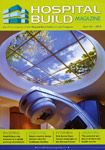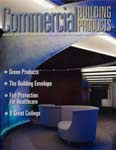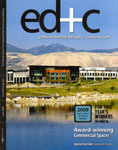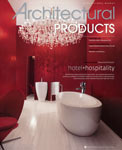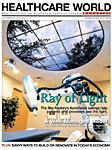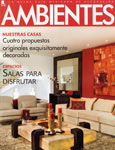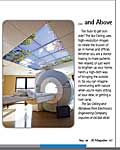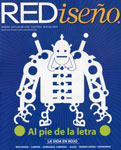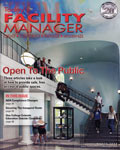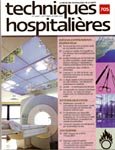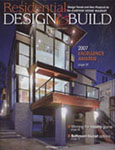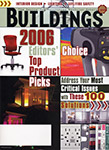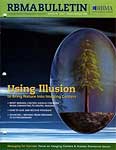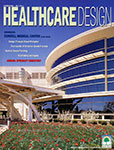The hospitality industry caters to comfort and luxury - providing an experience for travelers to escape from reality. Adding to this experience, spa services complement resort amenities, giving guests a heightened level of pampering. When incorporating a spa within a resort, it is important to first understand the function and philosophy that the spa will portray, and keep it consistent with the look and feel of the entire facility.
When making design decisions, it is important to consider the total experience, down to every detail. Spa design must target the senses - sight, sound, smell and touch. Appealing to the sense of sight, lighting is one of the most critical architectural design elements in a spa - creating mood, space, volume and scale. While different types of spas and different areas within a spa all require different types of lighting, it is crucial to include lighting considera- tions in the overall design.
Light has both aesthetic and functional uses. Lighting needs will vary depending upon the types of treatments being administered and the location within the spa. In common areas such as shower or locker facilities, proper lighting becomes a safety necessity. In treatment rooms, lighting sets the tone for mood and relaxation.
Because the spa experience should cater to individual preference, it is important to install flexible lighting options. Each treatment room should have seperate light- ing controls to adjust to individual comfort. Additionally, light should come from multiple sources that can be left on or off at varied brightness. For instance, a combination of lamps and wall fixtures gives clients and staff greater con- trol to manage lighting.
Beyond function, light serves a visual focal point, providing comfort and tranquility. Lighting should always be soft and hidden. The light fixture becomes a visually appealing art piece, serving to hide the glare of the light source, and allowing a subtle flow of luminosity. Hand painted lamp- shades or decorated pendant-shaped ceiling fixtures provide pleasing visual affects.
Most often in spas, lighting comes up from the wall rather than down from the ceiling. The ceiling, however, is often regarded as a "fifth wall," especially in treatment areas.

 Healthcare
Healthcare

